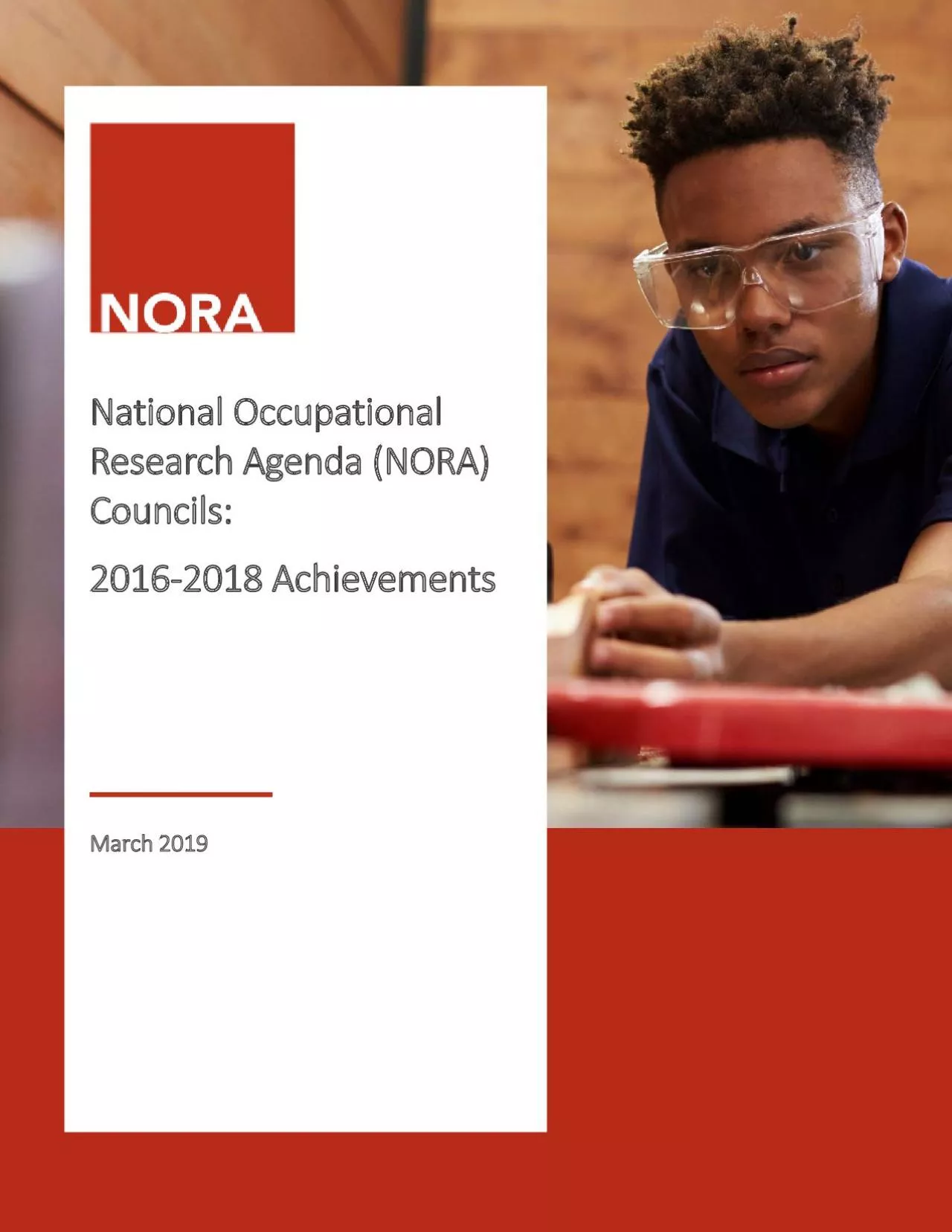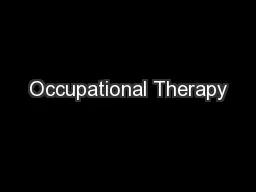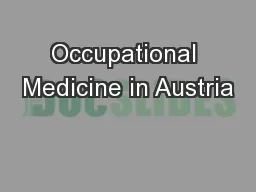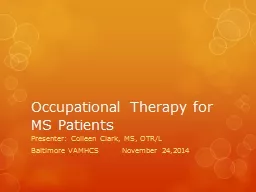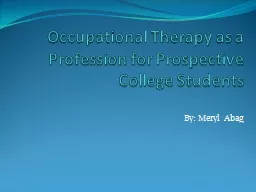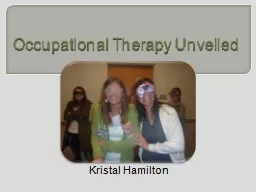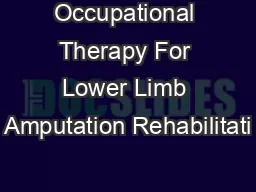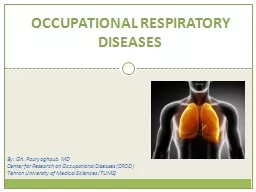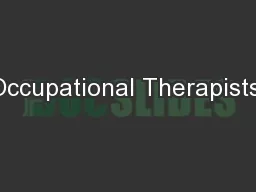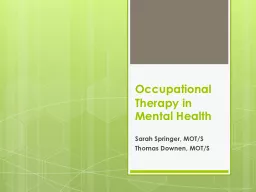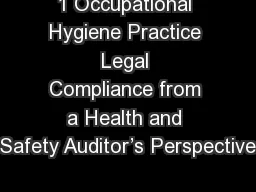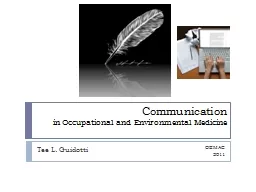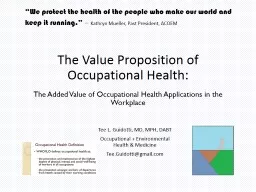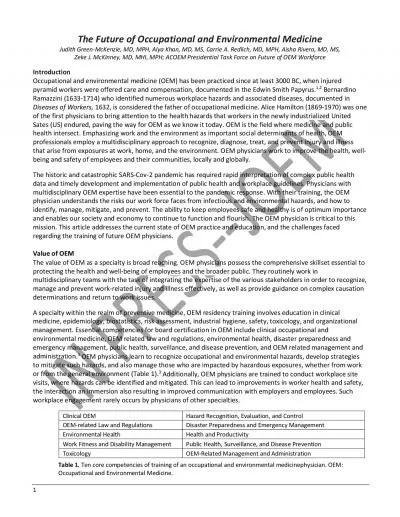PDF-National Occupational
Author : murphy | Published Date : 2021-09-10
Research Agenda NORA Councils 20162018 AchievementsMarch 2019iiNORA Councils 20162018 AchievementsThis document is in the public domain and may be freely copied
Presentation Embed Code
Download Presentation
Download Presentation The PPT/PDF document "National Occupational" is the property of its rightful owner. Permission is granted to download and print the materials on this website for personal, non-commercial use only, and to display it on your personal computer provided you do not modify the materials and that you retain all copyright notices contained in the materials. By downloading content from our website, you accept the terms of this agreement.
National Occupational: Transcript
Download Rules Of Document
"National Occupational"The content belongs to its owner. You may download and print it for personal use, without modification, and keep all copyright notices. By downloading, you agree to these terms.
Related Documents

